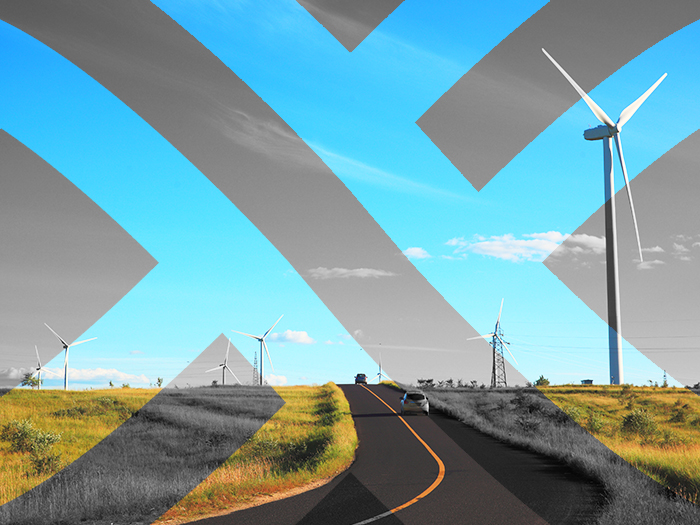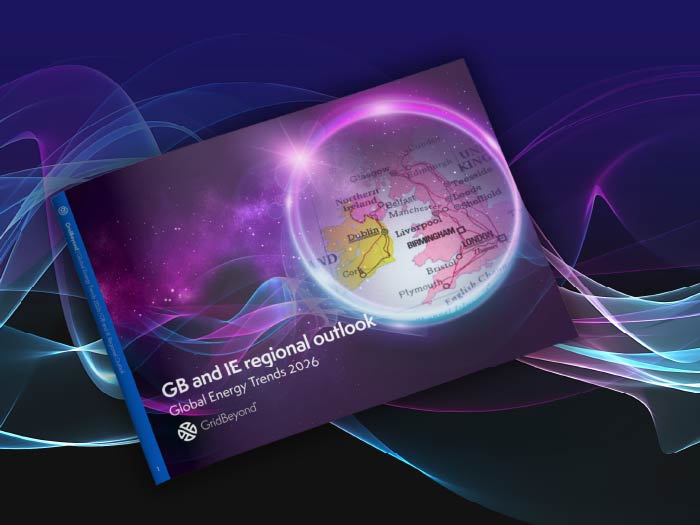News
better business decisions
Posted 4 years ago | 3 minute read

Australia: AER maps the state of the NEM
Increasingly, consumers are taking control of their energy supply with more dispersed renewable generation transforming the National Electricity Market (NEM), a new Australian Energy Regulator (AER) report reveals.
Published on 2 July the State of the Energy Market 2021 report, noted that in 2020, more than 3,700MW of new wind and solar generation capacity came online, driving record levels of renewables generation, with output from wind exceeding gas generation across the NEM for the first time. Over the next two decades, it is anticipated that 16GW of thermal generation – 61% of the current coal fleet in the NEM – will retire, while up to 50GW of new large-scale wind and solar capacity is to come online, along with up to 24GW of rooftop solar PV capacity.
The growth in renewables, combined with milder temperatures and decreasing cost of coal and gas saw in 2020 wholesale prices fall by up to 58% across all jurisdictions compared to 2019 averages. With more renewables operating at times of low demand, the occurrence of negative prices in the NEM increased. In 2020 there was a record number of negative prices NEM-wide, with 3,662 instances of negative spot costs across the 5 regions. Over 40% of these occurred in the fourth quarter of 2020.
The report also noted the importance of flexibility and grid services to maintain system security and said that regulators are working to implement changes to the market framework to signal the requirement for such services. For example, new frequency services are being introduced to manage the rising incidence of frequency deviations, and draft reforms announced in April 2021 make transmission networks responsible for providing system strength services.
Governments are also directly intervening in the market through various funding mechanisms for new generation or storage capacity to meet short term reliability and security requirements and carbon emissions targets. Examples include Victoria’s 300MW battery (to begin operating in 2021) and the Australian Government’s proposed 660MW gas-powered generator in the Hunter region of NSW (to begin operating in 2023).
Michael Phelan, CEO and Co-founder at GridBeyond, commented
“While demand response can help manage peak demand, it has not been widely used in the NEM. One reason is that only selected participants are able to see the price signals that encourage demand response. The reforms set to take effect from Autumn should allow market participants on both the supply and demand sides to dispatch their services attracting more demand response providers into the market.”





